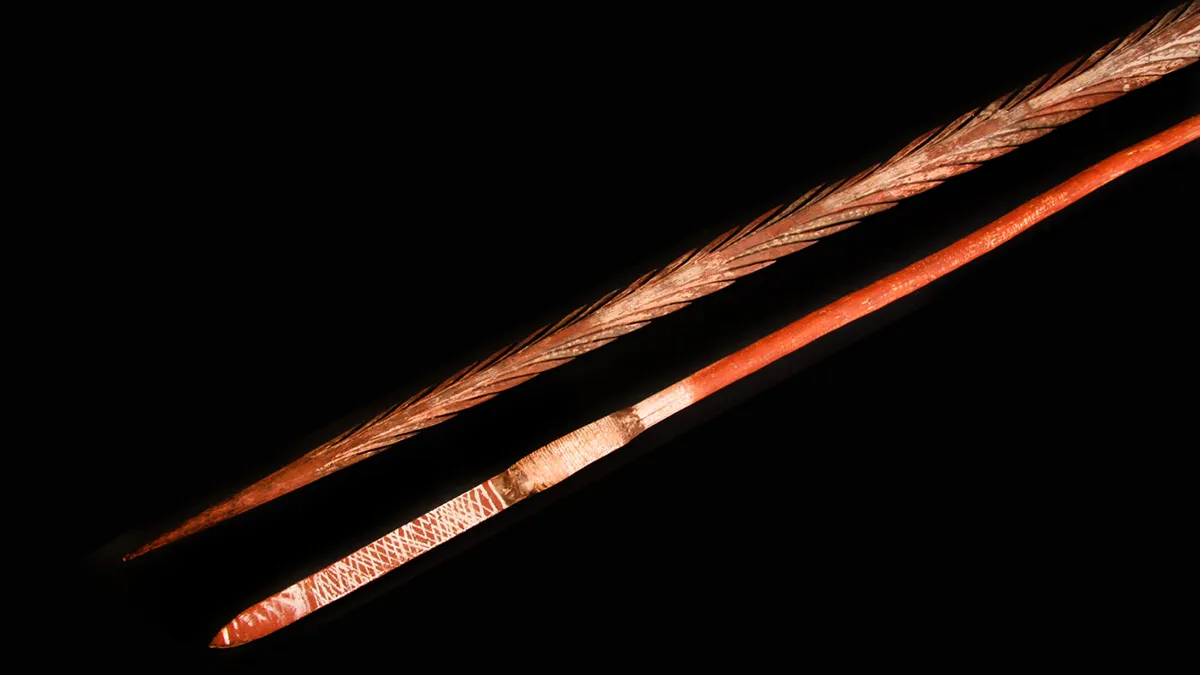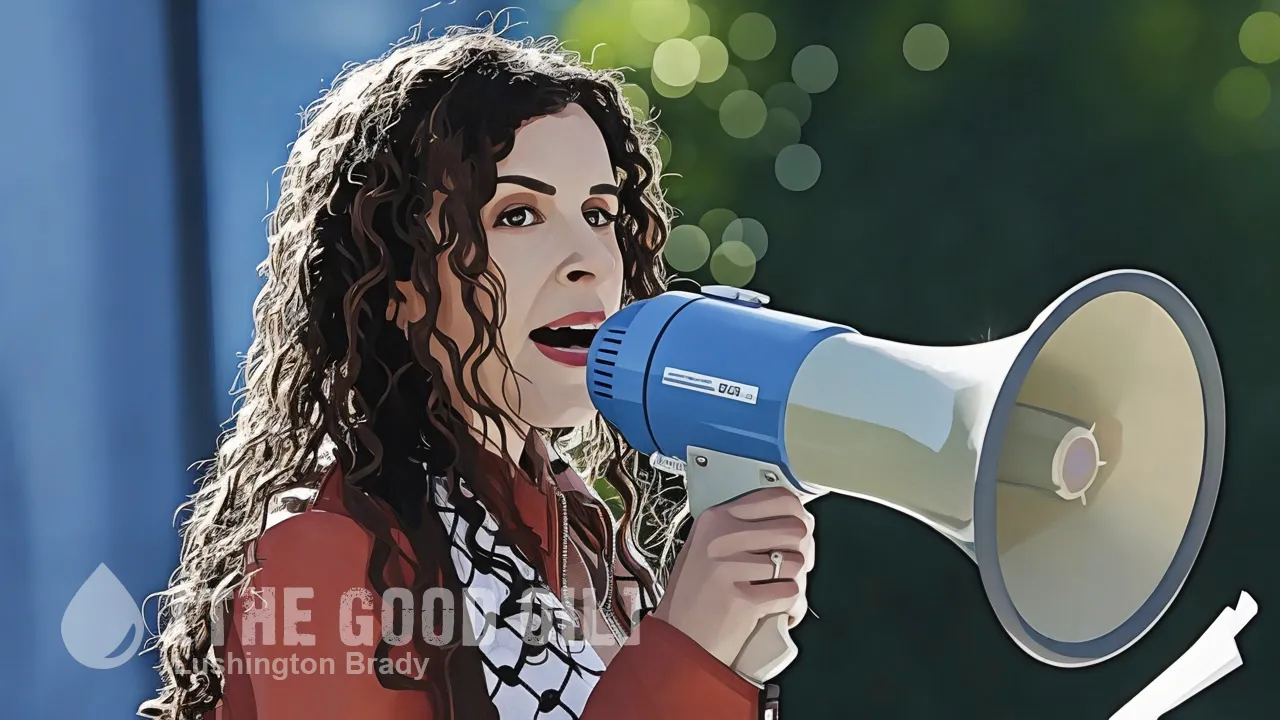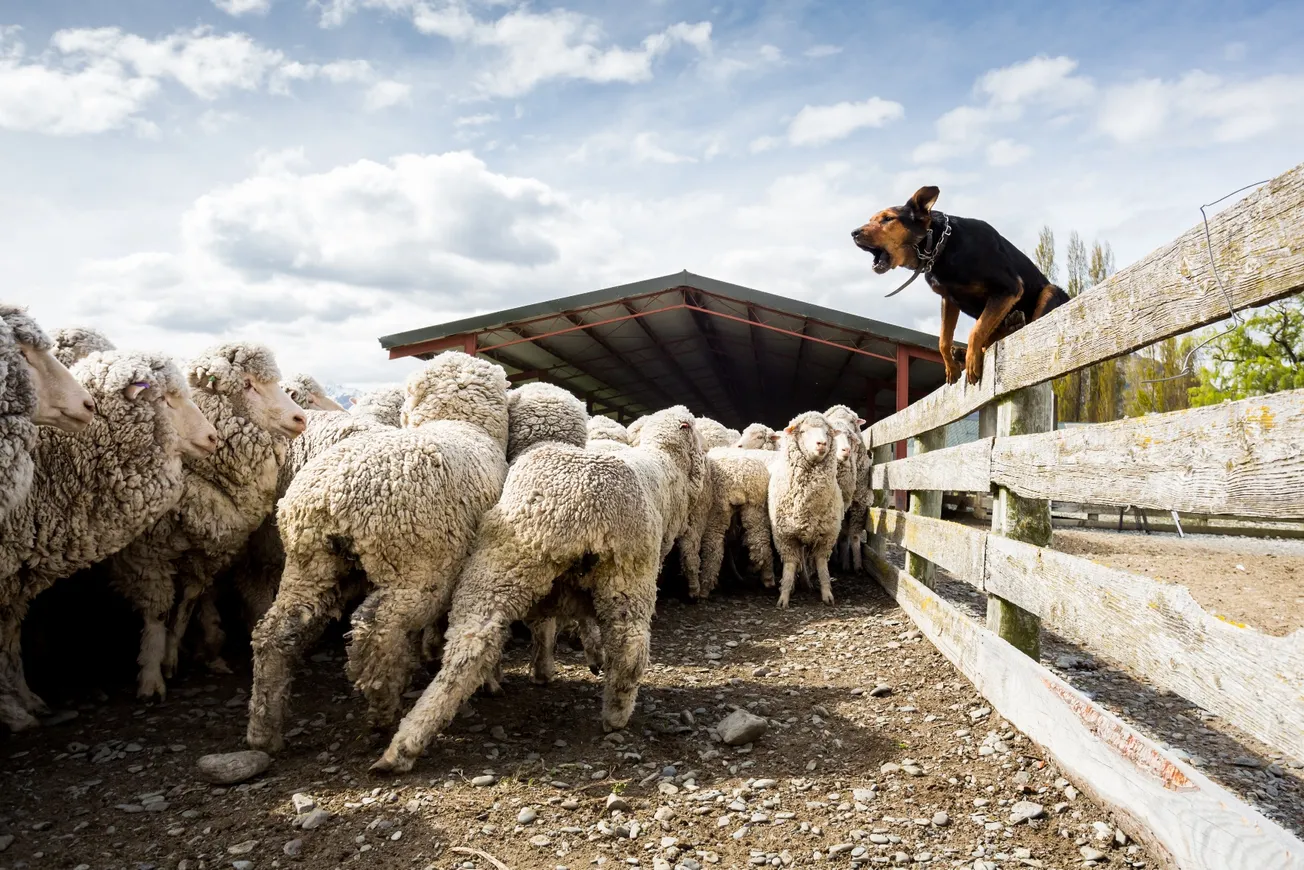Table of Contents
As I’ve been reporting, the left are suddenly all a-Twitter about this week’s Current Thing: appalling domestic violence in Aboriginal communities. Yet, this horrifying state of affairs has been well known for years — for anyone who bothered to notice. But, as some Aboriginal Australians have dared to point out, usually in the face of torrents of abuse, fashionable “noble savage” notions of traditional culture have blinded the left, in politics, media and academic, to the shocking facts.
Instead, we are fed fatuous pablum about “the world’s oldest living culture” — without ever acknowledging that it’s a living culture of appalling violence.
It is not polite to say that pre-contact Aboriginal society was abusive to women and generally violent. This would undercut the long-standing official view that current violence in Aboriginal communities reflects colonial dispossession and on-going victimhood.
Much as with the disproportionate violence against women and children among Maori in New Zealand, undeniable statistics are hand-waved away by blaming “colonisation”. Even feted Aboriginal academics make risible claims that violence against women was unknown in pre-European Aboriginal Australia.
This is, quite bluntly, a lie.
Yet, from the moment Europeans arrived in Australia, they recorded their shocked observations of Aboriginal violence against women. That such violence horrified even men of the pre-feminism 18th century is no small testament to its scale and pervasiveness.
First Fleet officer Watkin Tench wrote that:
“[Aboriginal women] are in all respects treated with savage barbarity; condemned not only to carry the children, but all other burthens, they meet in return for submission only with blows, kicks and every other mark of brutality […] When an Indian [sic] is provoked by a woman, he either spears her, or knocks her down on the spot; on this occasion he always strikes on the head, using indiscriminately a hatchet, a club, or any other weapon, which may chance to be in his hand.”
French explorers made similar observations.
In 1825 French explorer Louis-Antoine de Bougainville wrote “that young girls are brutally kidnapped from their families, violently dragged to isolated spots and are ravished after being subjected to a good deal of cruelty.”
Lest this be dismissed as racist propaganda from “colonisers”, it should be noted that many of the Europeans making these reports were highly sympathetic to the plight of Aborigines as Europeans encroached on their lands. William Buckley was an escaped convict who lived as one of the Wathaurong people for decades: his memoirs relate near-ceaseless violence.
Forensic archaeology also supports the eyewitness reports. Stephen Webb’s Palaeopathology of Aboriginal Australians finds:
highly disproportionate rates of injuries and fractures to women’s skulls, with the injuries suggesting deliberate attack and often attacks from behind, perhaps in domestic squabbles […] His findings, according to anthropologist Peter Sutton, confirm that serious armed assaults were common in Australia over thousands of years prior to conquest.
Quadrant
19th century missionary George Taplin, renowned as an eminent anthropologist of the Ngarrindjeri people of South Australia, could not help but admit that:
“Amongst them the woman is an absolute slave. She is treated with the greatest cruelty and indignity, has to do all laborious work, and to carry all the burthens [sic]. For the slightest offence or dereliction of duty, she is beaten with a waddyu or yam stick and not infrequently speared. The records of the Supreme Court in Adelaide furnish numberless instances of blacks being tried for murdering lubras.”
Taplin records that the older Ngarrindjeri, when they first saw white men on horseback, concluded that the horses must be their mothers, “ because they carry them on their back! I have also heard that another tribe regarded the first pack-bullocks they saw as whitefellows’ wives, because they carried the luggage!”
Virtually every white observer of Aboriginal life in colonial Australia remarked on the endemic and often shocking mistreatment of women almost invariably found in Aboriginal tribes throughout Australia. Women were treated as little better than animals, if that.
In Tasmania, Aboriginal women were often abducted by Bass Strait sealers — and just as often traded as commodities, in exchange for goods like potatoes, flour, dogs or axes.
Violence against women was thus endemic and pervasive in Aboriginal society. It was witnessed, reported on, often in graphic detail, and condemned by dozens of white observers. Nearly all of them, it must be noted, were highly sympathetic to the Aborigines and often devoted years of their lives to living with them and improving their condition. The books they wrote also show that they were careful and scientific observers of Aboriginal life; many of the books contain detailed accounts of the local Aboriginal languages (often our only record of these now extinct tongues), of their extremely complex kinship and marriage laws, and of their myths and lifestyles.
Quadrant
Another inevitable response to this unpalatable history is to point out that Western culture long tolerated, at least, violence against women that would be unthinkable today. Which is its own rebuttal: unthinkable today.
No-one denies that pre-feminist Western culture tolerated many abuses against women. But Western culture also spent a great deal of time and energy pushing such abuses beyond the pale of acceptable conduct, both in law and in society.
After 50,000 years, it’s long past time that “the world’s oldest living culture” accepted the burden of doing the same. Expecting anything less is, in fact, the very racism that the left decries.
And continues to condemn Aboriginal women to violence and blighted, too often brutally cut short, lives.









